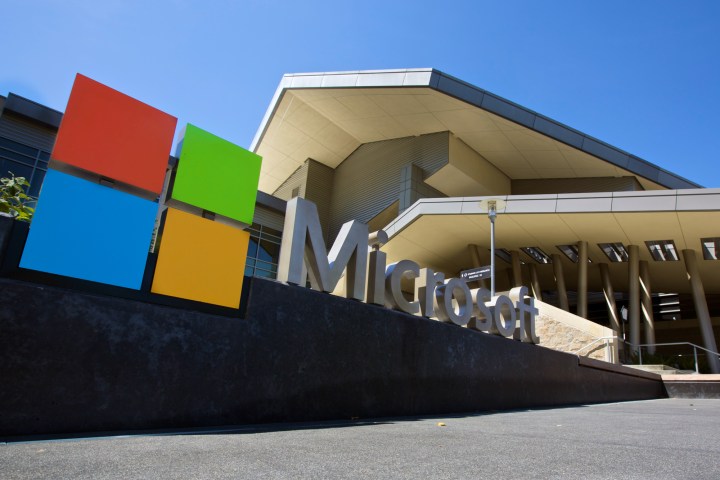
In a blog post yesterday, the company outlined plans to oust violence and hatred from its online communities. The company hopes to create safer online communities through a dedicated web form provided to users so they can report hate speech on Microsoft’s consumer services. Separately, there will be a web form for users to request that Microsoft reconsiders and reinstates removed content.
“For many years we’ve sought to protect our customers by prohibiting hate speech and removing such content from our hosted consumer services,” the post reads. “While neither our principles or policies are changing, we are refining some of our processes to make it easier for customers to report hate speech. We’re also simplifying requests to reinstate content that customers feel were removed in error.”
The post recapped the sort of content that it prohibits, including anything that promotes hatred based on age, disability, gender, national or ethnic origin, race, religion, or sexual orientation/gender identity.
As for how the company removes hate-based content, its “notice-and-takedown” approach will not change — the new form will simply aid Microsoft in streamlining and improving the quality of its reviews.
“When hate speech is reported to us, we will evaluate each complaint, consider context and other factors, and determine appropriate action with respect to the content and the user’s account,” according to the tech giant’s post.
While the company admitted its reviews process isn’t perfect, it hopes the new system of requesting a review of previous content removals will improve it.
“Just as we’re making it simpler for users to report hate speech, we’re also adding a new multi-service reconsideration form to request reinstatement of content that customers feel was disabled in error.”
There’s no question the issues of online hate speech are complex, as there are rights granted to individuals on the internet. Microsoft takes credence in that fact, and said in the post that the new system is intended improve the safety of online communities for everyone.
“Our hope is that with these steps, we more directly address hate speech on our hosted services, improve transparency in how we are tackling this offensive content online, and help to foster Microsoft communities where acceptance, inclusion and civility are the norm,” according to the post.
Editors' Recommendations
- Microsoft has new tools to encourage the transition to ARM PCs
- Microsoft Start is a new way for you to stay up to date on your news, interests
- Facebook, Google, Microsoft, and Twitter team up to fight election interference
- Internet Explorer will find a new home in Microsoft’s Edge browser


